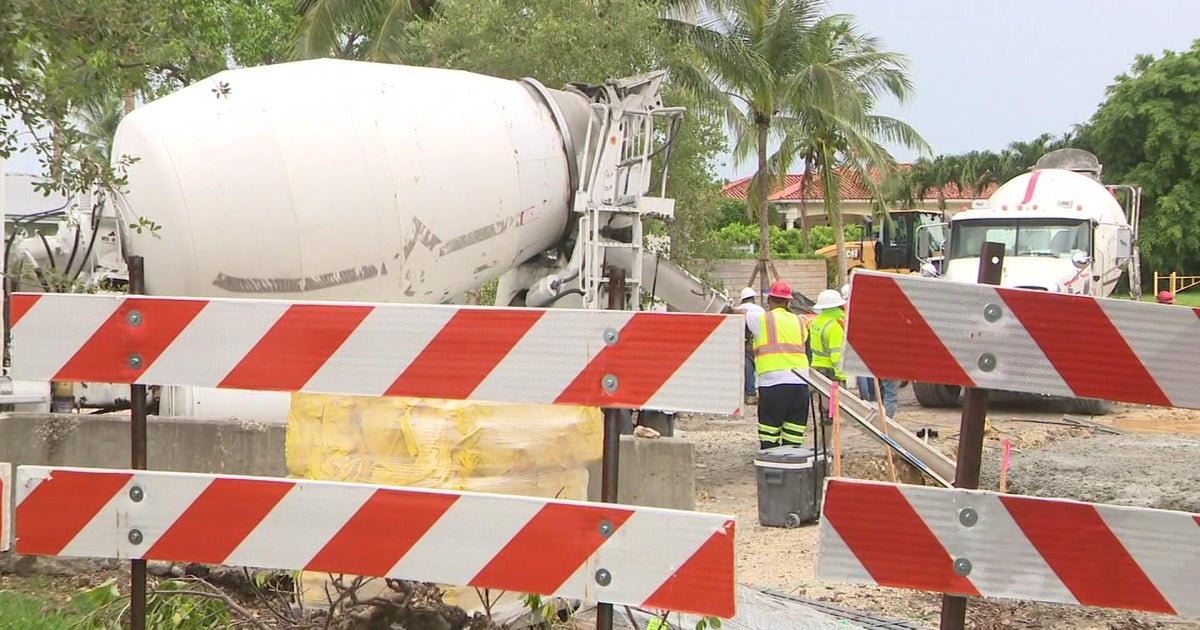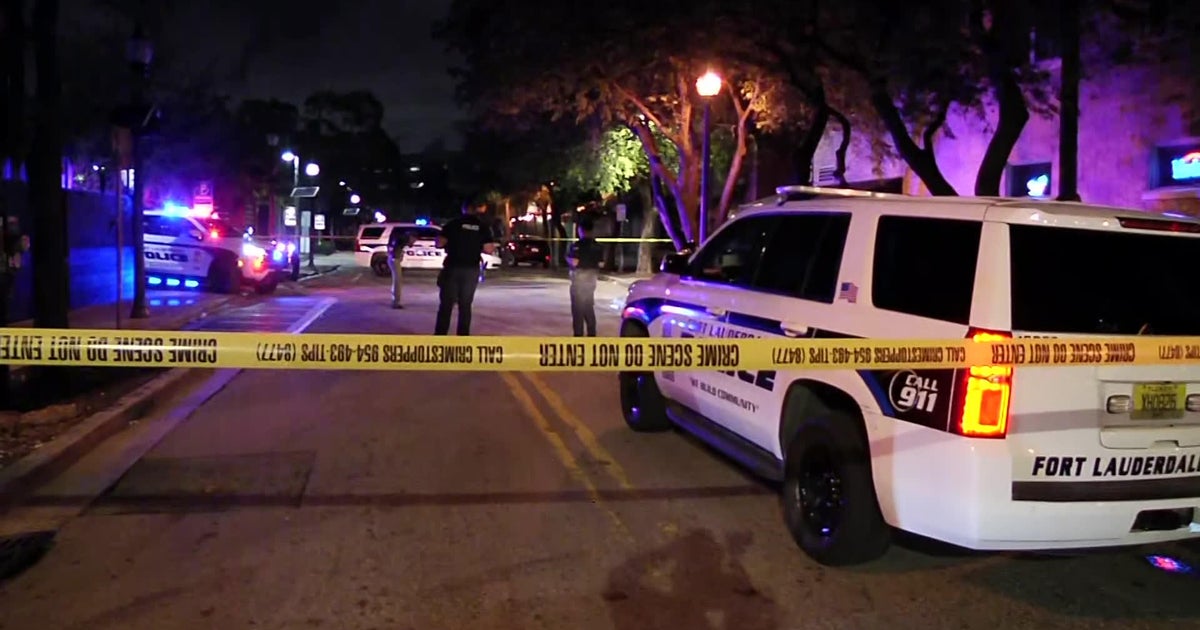Debate Sharpens Over Potential Miami Historic Site
MIAMI (CBSMiami) –Before a stadium was built for the Miami Marlins, before David Beckham became bent on soccer for Miami, before a big drill built a tunnel to Port Miami, the Tequesta Indians built their huts and sheds around the mouth of the Miami River.
At Miami City Hall Monday, the Historic Preservation Board heard arguments over whether a developer should be allowed to construct a high-rise hotel, cinema complex and assemblage of shops and restaurants on property where archaeologists have discovered what they believe to be centuries-old remnants of Miami's first residents, the Tequestas.
Around 6:13 PM, approximately six hours after hearing arguments from developers, archaeologists, and more, the vote came in 7-1 against the developer MDM's building plans.
"What you have found are just post holes!" shouted attorney Gene Stearns as he questioned the lead archaeologist on the examination of the site - the only remaining vacant land on the North side of the mouth of the Miami River. Stearns represents developer Luis Pulenta whose MDM Development Group wants to build on the property.
"I think I would be very uncomfortable to tell you that that's the way to go," Carr, the archaeologist, told the board.
Another expert, hired by the developer, says it's not clear the post holes - thought to be footings for structures - are in fact ancient. They could have been created by projects in relatively modern history - the construction of Henry Flagler's Royal Palm hotel in 1897, or during the Seminole Indian wars, or by the U.S. Cavalry that kept horses on a compound there and may have built corrals.
"They're trying to create an image of this great discovery that just doesn't exist," said Stearns, the developer's attorney. "The evidence doesn't support it."
Carr was resolute.
"We stand by the work we've done. Other archaeologists have come out and reviewed it, and they concur," Carr said. "So we have no problem supporting the results and importance of our discoveries."
An archaeologist for the state has declared the property eligible for the National Historic Registry, and surmised that it could represent the "birthplace of Miami."
It is not a new debate. In the 1990's, "The Miami Circle," a Tequesta structure was unearthed on the south side of the river. The state and preservation groups paid a developer nearly $27 million for the property. A planned high-rise condo did not go up on the property and today the circle is in a park that overlooks the river and Biscayne Bay.
In the give and take in the battle over the site on the North side of the river, developer Pulenta has offered to set aside a piece of the property for a plaza where some of the items unearthed could be displayed and visitors could view plaques chronicling the area's considerable history.
Opponents say that won't do.
"There's nothing else like it in the world. It's a unique, historical, cultural site," said preservationist Mary Pfeiffer, one of many who crowded Monday's meeting.
Miami has one prominently preserved Indian structure, The Miami Circle. Detractors wonder how many more are needed. Preservationists counter that were another pyramid found in Egypt, would they tear it down and build a hotel?



